STUDY OVERVIEW
EXECUTIVE SUMMARY
A 6mm carbon steel plate was ground to different thicknesses to simulate general corrosion on large structures. The grinding includes three different wall thicknesses plus a smaller area with pitting corrosion. dolphicam2+ was used with a 5MHz TRM (TRM-CHx-5.0MHz) to measure the remaining thickness of the plate. The setup also included a water-irrigated flat shoe for coupling and an X/Y-scanner (Rapid Mapper).
INTRODUCTION
Due to its cost-effectiveness, carbon steel is the most popular structural material in large scale structures like ship hulls, storage tanks, bridges etc. However, the major downside of carbon steel is its relatively low corrosion resistance. It is especially severe when exposed to humid and harsh environments like seawater. When undetected, corrosion can compromise the structural integrity and lead to structural failures, resulting in financial and even life loss. Hence it is important to detect corrosion early and monitor regions where corrosion has started. The main challenge for doing so on large structures is the sheer scale of it.
Traditionally and commonly until now, corrosion inspection has been carried out manually. Ultrasonic inspectors manually scan the areas with single or dual-crystal ultrasonic transducers and mark out regions where corrosion has been detected. The inspection downtime for such inspections usually increases with the number of corrosion sites detected, as the inspector needs to acquire the data, perform analysis, and mark the regions on the spot. In addition, the measurements are made by the inspector live with no digital records for future review. There is an increasing demand for digital records of corrosion data from the industry. Digital records make it possible to separate data acquisition from data analysis. That alone allows the inspection time to be better planned. In addition, critical corrosion measurements can be analysed by more than one inspector.
Dolphicam2 can produce digital records in both manual and encoded modes. This case study focuses on dolphicam2’s large area corrosion mapping capabilities. The target is a 200mm x 300mm x 6mm carbon steel plate with simulated corrosion patches, as shown in the figure below.
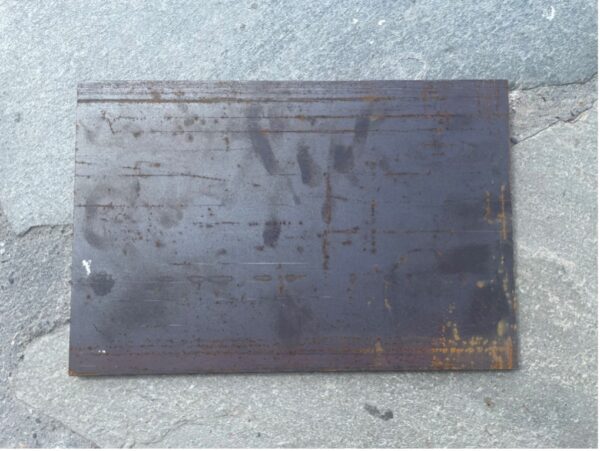
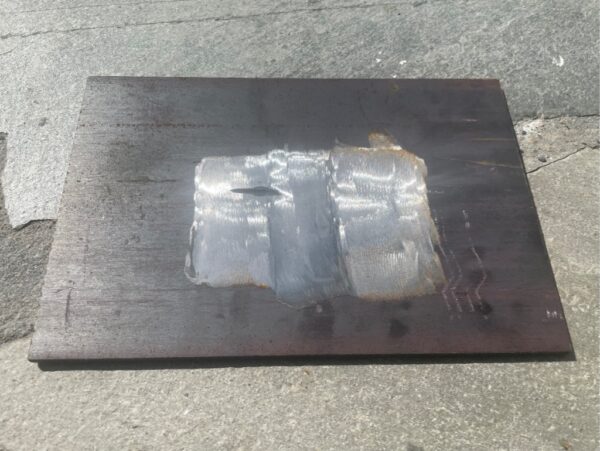
SOLUTION
The dolphicam2+ was used with a water-irrigated Rexolite flat shoe, and a no-delay-line transducer module, TRM-CHx-5.0MHz. This was connected to the Dolphitech’s 2D scanner ‘Rapid Mapper’ to cover the larger area. For general corrosion and remaining thickness inspection on carbon steel, the 5MHz TRM gives the best combination of ultrasound penetration and depth resolution in the ultrasound data. A manual water pump was used to provide water flow to the irrigated flat shoe.
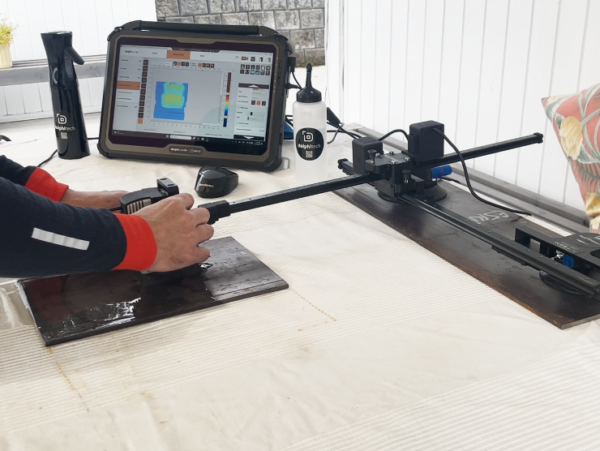
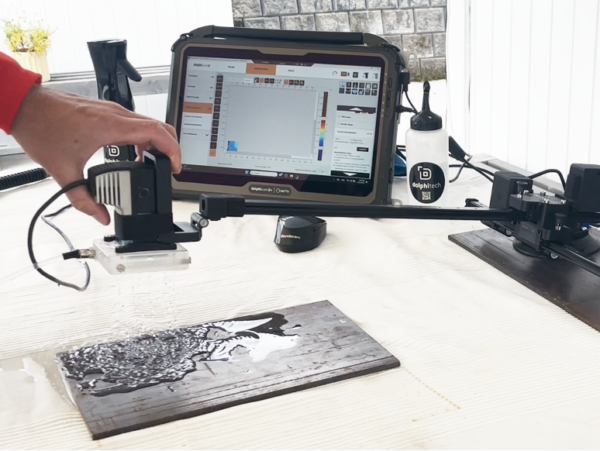
CHALLENGES
The main challenge in large area corrosion mapping is the speed of scanning and quality of data. In this case, our Rapid Mapper and water irrigation wedge allows for smooth scanning over surfaces with rough finishing and curved geometry. Users can adjust the active transducer area for the best combination of scanning speed and data visualisation.
FINDINGS
The three different remaining thicknesses and the pitting corrosion in steel plate was successfully detected. Accurate thickness measurement could be found for the artificially corroded area. Shown below is the full FMC scan of the corroded area. The C-scan Time-of-Flight image shows three different thickness steps, and the thickness varies even within each “step”. The smaller pitting corrosion could also be detected clearly in C-scan and a little vaguer in the B-scan. The thicknesses in the general corroded area range from approximately 5.0mm to 5.7mm, and the minimum thickness of the pitting area is circa 4.0mm. A closer look at the pitting corrosion shows that this area is approximately 3.5mm wide and 25mm in length.
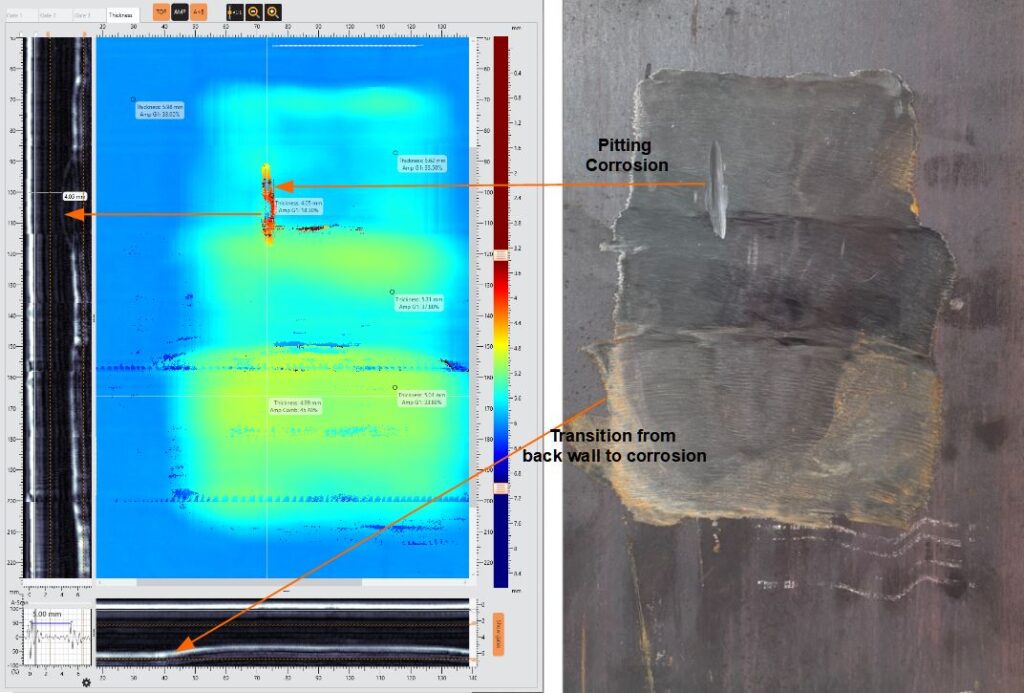

CONCLUSION
This study demonstrated dolphicam2+ on general corrosion for larger structures. The dolphicam2+ was used with a TRM-CHx-5.0MHz and water-irrigated flat shoe and RapidMapper X/Y-scanner to successfully inspect and quantify the remaining wall thickness of a 6mm steel plate. The results also indicate a smaller area with pitting corrosion.
REQUEST A QUOTE OR SUBMIT AN ENQUIRY
Need help with product information?
Get in touch with our experts for information or a quotation.
